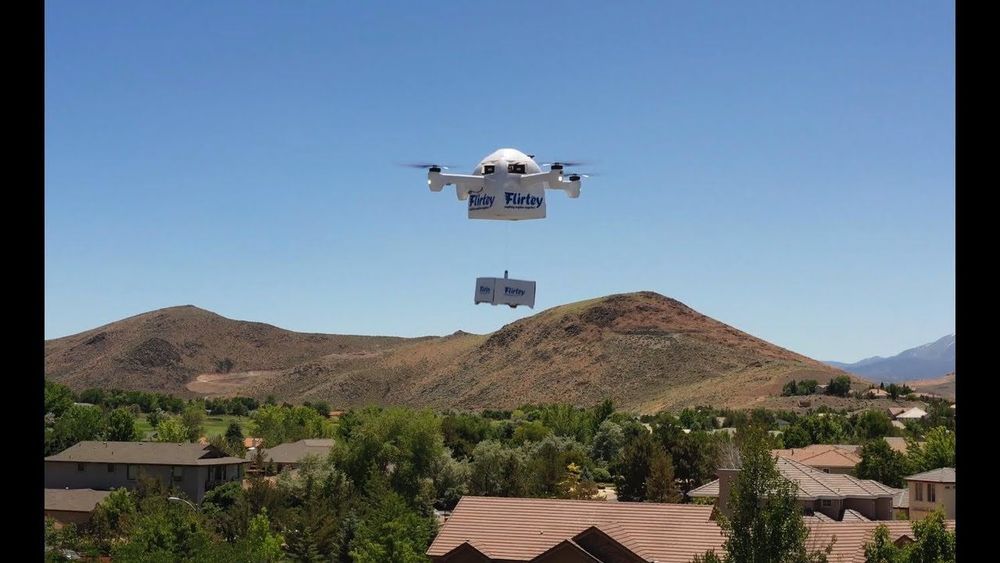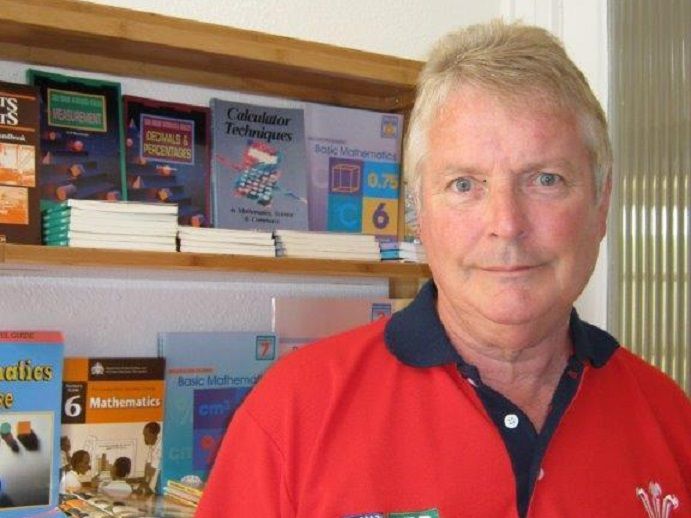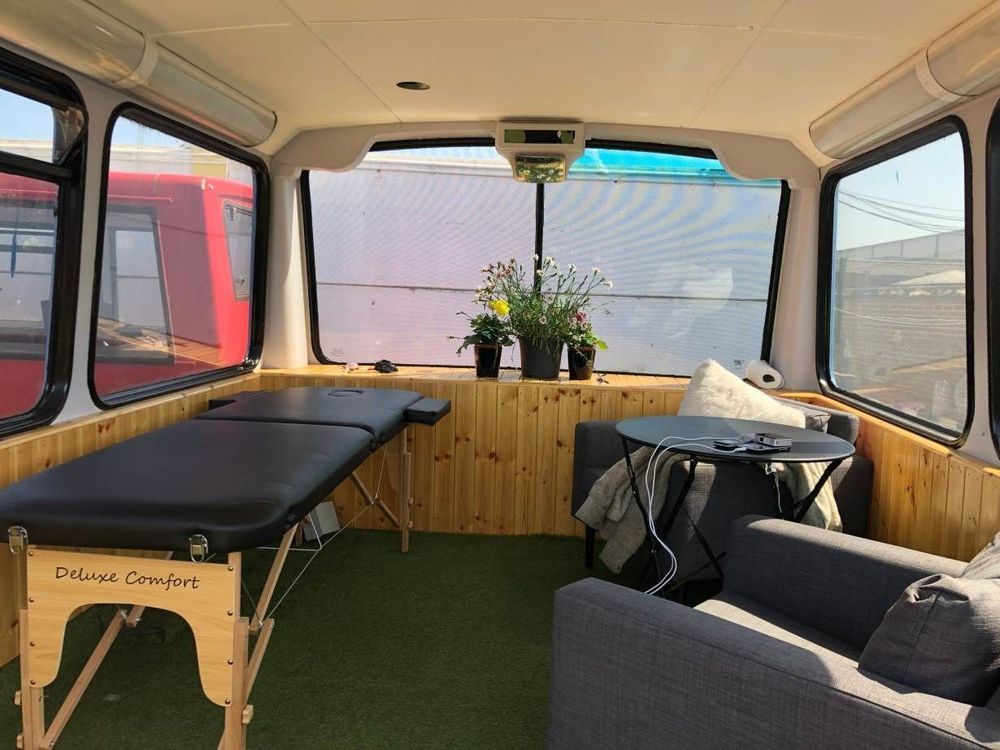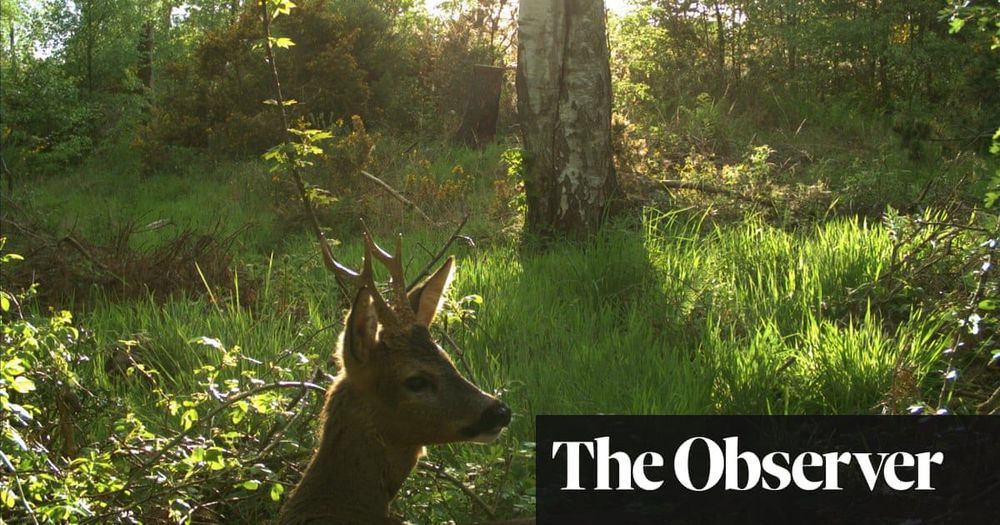Archive for the ‘habitats’ category: Page 85
Sep 14, 2019
Mathematician reveals the brain exercises that help prevent memory loss
Posted by Genevieve Klien in categories: habitats, neuroscience
A mathematician has shared some of the brain exercises he uses to help people with dementia.
Gareth Rowlands, from St Albans, runs memory workshops at dementia cafes and care homes in Hertfordshire.
He became passionate about helping those with memory loss after he visited a care home which he wife ran in Barnet.
Sep 14, 2019
Bigelow’s next-generation inflatable space habitat is shooting for the Moon
Posted by Klaus Baldauf in categories: habitats, space
Atomic Lighter is a type of plasma lighter that creates ignition using two electrical arcs, without the need for potentially dangerous fluids or open flames.
- Category:
- Home & Garden
- Review Topic:
- As Seen on TV,
- Electronics,
- Outdoor Products
- Website:
- www.atomiclighter.com
Sep 11, 2019
Reno-based Flirtey unveils Eagle delivery drone, can deliver packages under 10 minutes
Posted by Genevieve Klien in categories: drones, habitats

The Eagle has landed — the Flirtey Eagle drone, that is.
Reno-based drone delivery company Flirtey showed off the new drone that it will be using once it starts to deliver packages by air later this year. The company unveiled its drone on Monday at the National Press Club in Washington, D.C.
Sep 6, 2019
London is transforming its double-decker buses into homeless shelters
Posted by Omuterema Akhahenda in category: habitats
An inviting massage table, a snug chair, a sunlit field of grass – this is not a holiday resort but one of London’s famous double-decker buses, which this summer will house up to 40 homeless people.
A fleet of four decommissioned buses has been converted by British-based social enterprise Buses4Homeless into a shelter for homeless people, with spaces for sleeping, dining, cooking, job training and relaxing.
“The most crucial thing for anyone is shelter, having a place to stay,” said Buses4Homeless founder Dan Atkins, from the buses’ temporary site in Croydon, south London.
Continue reading “London is transforming its double-decker buses into homeless shelters” »
Aug 28, 2019
Police urge residents in Texas town to vacate homes during nearby SpaceX rocket launch
Posted by Fyodor Rouge in categories: Elon Musk, habitats, health, space travel
Police in a small Texas community have recommended that residents temporarily vacate their homes on Monday while Elon Musk  Elon Reeve MuskUS Space Command: A vision for the final frontier The paradox of superstars Hillicon Valley: US, France reach deal on tech tax | FEC vice chair resigns | Move leaves agency unable to vote on actions | Groups seek net neutrality pledge from 2020 Dems | Australia eyes blocking extremist content MORE ’s SpaceX attempts an experimental launch of a Mars rocket prototype.
Elon Reeve MuskUS Space Command: A vision for the final frontier The paradox of superstars Hillicon Valley: US, France reach deal on tech tax | FEC vice chair resigns | Move leaves agency unable to vote on actions | Groups seek net neutrality pledge from 2020 Dems | Australia eyes blocking extremist content MORE ’s SpaceX attempts an experimental launch of a Mars rocket prototype.
A public safety notice was issued to residents of Boca Chica, a town on the southern tip of Texas with houses within two miles of SpaceX’s launch pad for the Starhopper rocket, Business Insider reported on Sunday.
A county sheriff reportedly went door-to-door on Saturday to deliver the notice to approximately 20 households, warning of possible shattered windows and “potential risk to health and safety.”
Aug 28, 2019
Facial recognition startup Megvii files for $500M+ IPO
Posted by Fyodor Rouge in categories: habitats, robotics/AI
Kin Insurance has raised $47 million in fresh funding to help launch its Kin Interinsurance Network, which will provide home insurance to residents in Florida. August Capital reportedly led the…
Aug 27, 2019
History Made: How Costa Rica has Doubled It’s Tropical Rainforest Cover
Posted by Quinn Sena in categories: employment, habitats, policy
The year 2017 saw the second highest global tree cover loss recorded in the history of this planet, according to the World Economic Forum. Researchers at the University of Maryland (USA) found an area of tree loss equal to the size of Bangladesh. That equates to losing 40 soccer fields covered in trees every minute for a year. But guess what, Costa Rica took the fight in the other direction, declaring they had officially doubled their tropical rainforests since 2001. Doubled!
How can the world learn from Costa Rica’s experience and use it as a model for other nations? It helps to take a closer look at exactly what Costa Rica has done right in managing this issue, while other countries have failed miserably. In the mid-20th century, three quarters of Costa Rica was covered in lush, verdant tree canopy. Then came loggers, who savagely cleared acres and acres of pristine rainforest, lining their pockets by selling off Costa Rica’s natural resources. At the same time, of course, they were destroying the natural habitats of Costa Rica’s indigenous creatures, for instance Golden toads and Poison dart frogs.
But then, something changed radically in the thought processes of Costa Rican policy makers, and the rate of deforestation slowed, until it eventually dropped to zero. What happened? Costa Rica awakened to the potential of its rich ecosystems and began vigorously safeguarding them. Healthy ecosystems meant tourist dollars and employment opportunities for Ticos throughout the country.
Aug 27, 2019
How an army of ‘citizen scientists’ is helping save our most elusive animals
Posted by Derick Lee in category: habitats
His work is one of a series of projects that have been set up by Doing It Together Science (Ditos), an EU citizen science programme that has been co-ordinated by researchers at University College London. Two major strands were selected for special attention: bio-design – the use of living things (such as bacteria and plants) in product design, and environmental monitoring. As one of the latter projects, a group at Durham University, led by Dr Phil Stephens and including researcher Pen-Yuan Hsing, set up MammalWeb which uses camera traps – digital cameras triggered by an animal’s heat and movement – to monitor wildlife in the north-east. Ascroft was one of their first volunteers.
Roland Ascroft’s first attempt to become a citizen scientist was nearly his last. The 63-year-old conservationist volunteered to take part in a wildlife monitoring project in 2015 and began by placing a camera trap in the woods opposite his house at New Brancepeth, near Durham. For three weeks he checked every day to see if the device had been triggered by animals moving in front of it, but found nothing had set it off.
“I was about to give up when I moved my camera trap for one last attempt – and found next morning that I had photographed a roe deer in the early morning,” says Ascroft. “I was hooked.”
Continue reading “How an army of ‘citizen scientists’ is helping save our most elusive animals” »
















